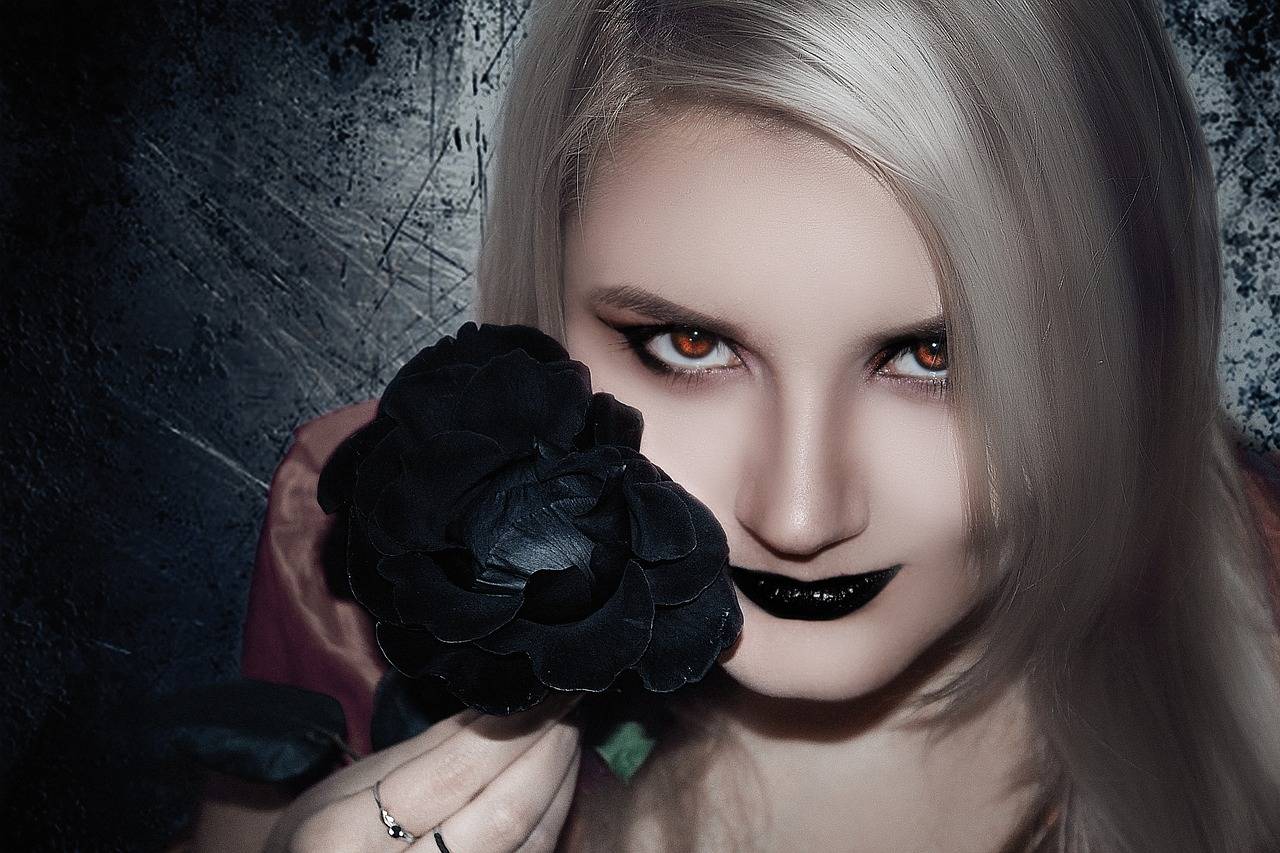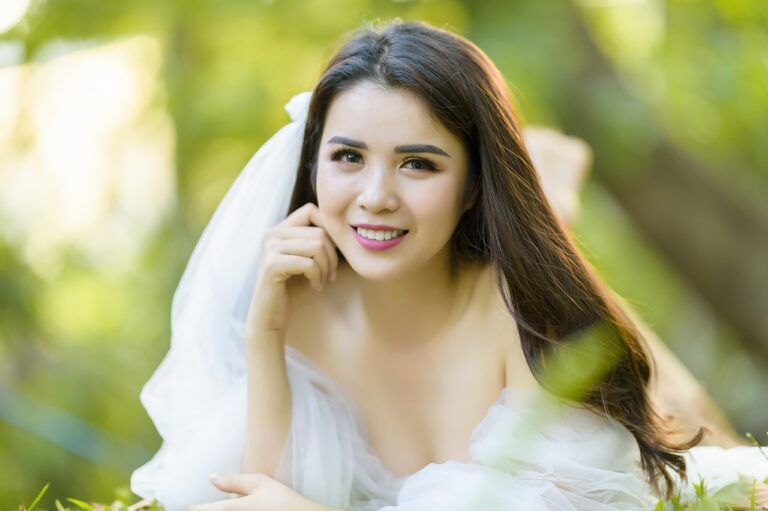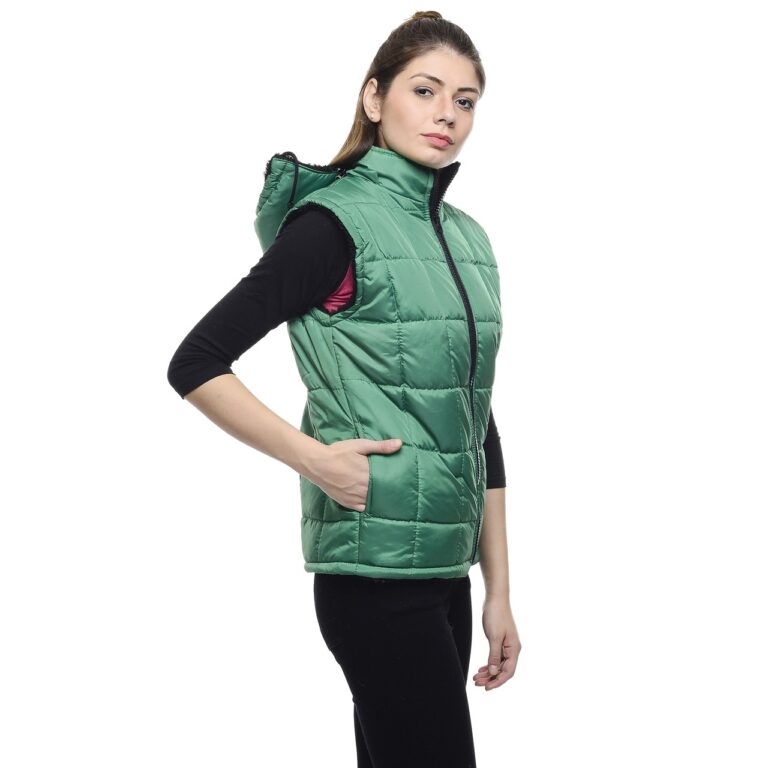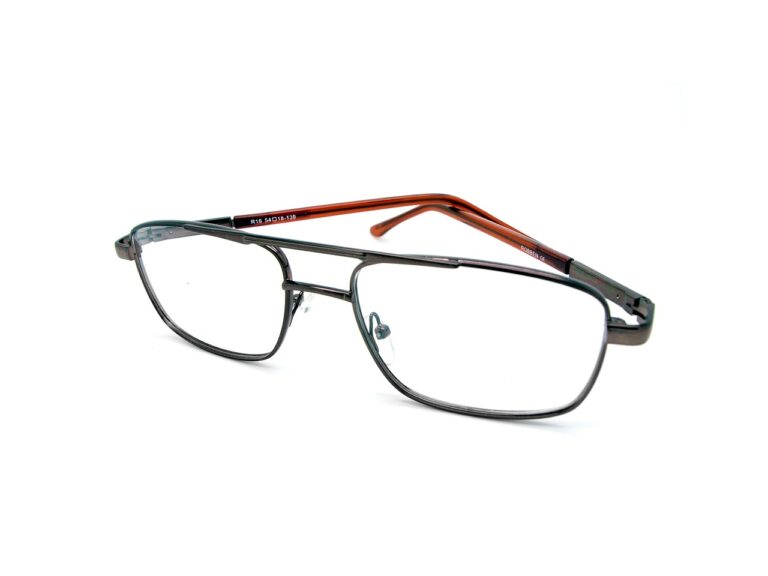Exploring the History of Fashion Illustration
Fashion illustration has a rich and fascinating history that dates back to ancient times. In civilizations like Mesopotamia, Egypt, and Greece, illustrations were used to depict clothing styles and accessories worn by individuals of different social statuses. These early fashion illustrations were often created on various mediums like stone carvings, pottery, and paintings, providing valuable insights into the clothing trends of that era.
The intricate details and colors used in these ancient fashion illustrations not only showcased the garments of the time but also served as a form of artistic expression. Artists meticulously depicted drapery, jewelry, and footwear, offering a glimpse into the cultural and societal norms of ancient civilizations. Additionally, these illustrations were instrumental in documenting the evolution of fashion trends and styles over the centuries, highlighting the importance of visual representation in preserving historical clothing aesthetics.
Evolution of Fashion Illustration Techniques
Fashion illustration techniques have seen a significant evolution over the centuries, adapting to the technological advances and artistic trends of each era. In ancient times, illustrations were often created using rudimentary tools such as brushes and natural pigments on papyrus or parchment. These early depictions primarily focused on capturing the essence of garments and styles without much attention to intricate details.
As time progressed, the Middle Ages brought about a shift towards more elaborate fashion illustrations characterized by intricate patterns and designs. Artists began experimenting with various techniques such as shading and perspective to add depth and realism to their drawings. The use of color also became more prominent during this period, adding vibrancy and richness to the illustrations.
Role of Fashion Illustration in the Renaissance Era
Fashion illustration in the Renaissance era played a crucial role in depicting the latest trends and styles of that time. Artists utilized various techniques, such as detailed sketches and vibrant colors, to showcase the intricacies of garments and accessories worn by the nobility and upper class. These illustrations not only served as a form of artistic expression but also functioned as a means of documenting the fashionable clothing of the period.
Renaissance fashion illustrations often featured elaborate and ornate designs that reflected the wealth and status of the individuals depicted. Artists paid close attention to the draping of fabrics, intricate embroidery, and luxurious materials used in clothing to accurately represent the opulence of the Renaissance fashion scene. These illustrations provided valuable insights into the sartorial choices of the elite and served as a visual record of the evolving aesthetics of the time.





